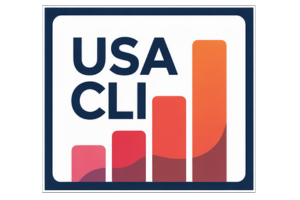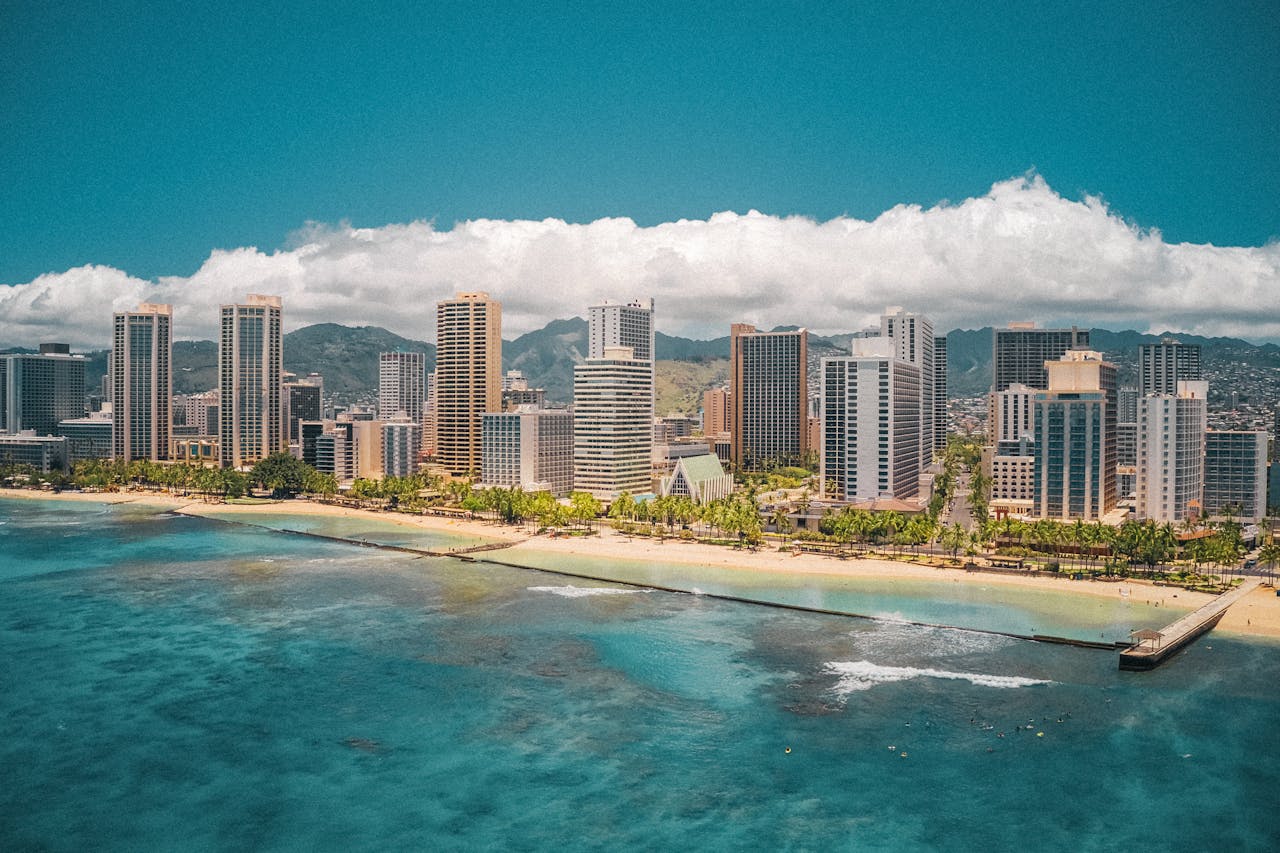Air quality plays a critical role in public health and overall quality of life. Many people seek locations where they can breathe easier and enjoy a cleaner environment every day. U.S. cities with best air quality stand out as examples of successful local policies, favorable geography, and strong community efforts.
In 2025, several cities across the country earned top marks for maintaining excellent air quality. These cities offer residents and visitors a healthier atmosphere, lower pollution levels, and a strong sense of environmental responsibility. U.S. cities with best air quality provide a clear choice for those who value clean air and a healthier way of life.
This list highlights the top seven U.S. cities with best air quality in 2025.
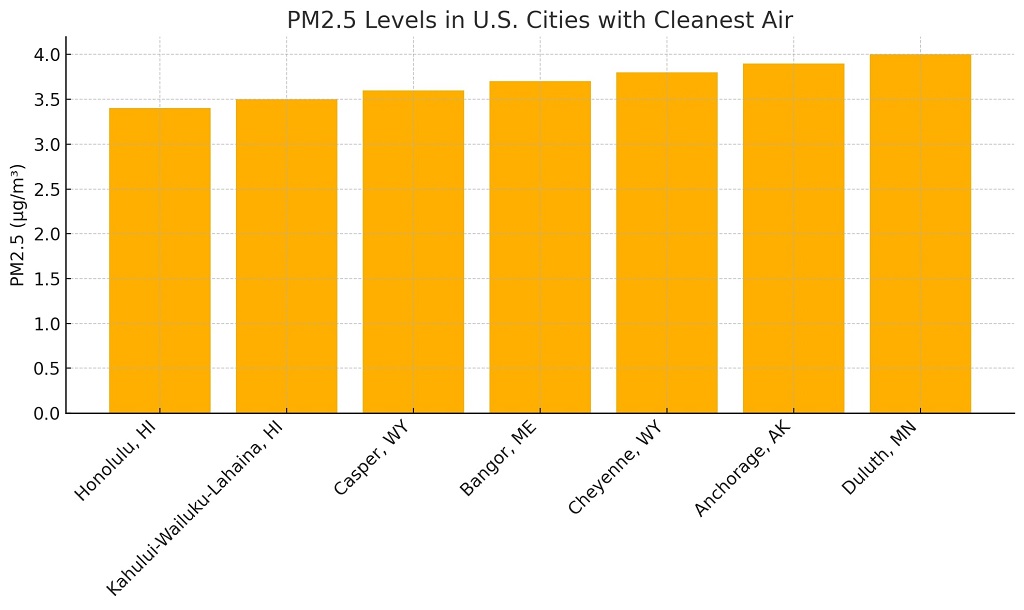
1. Honolulu, Hawaii
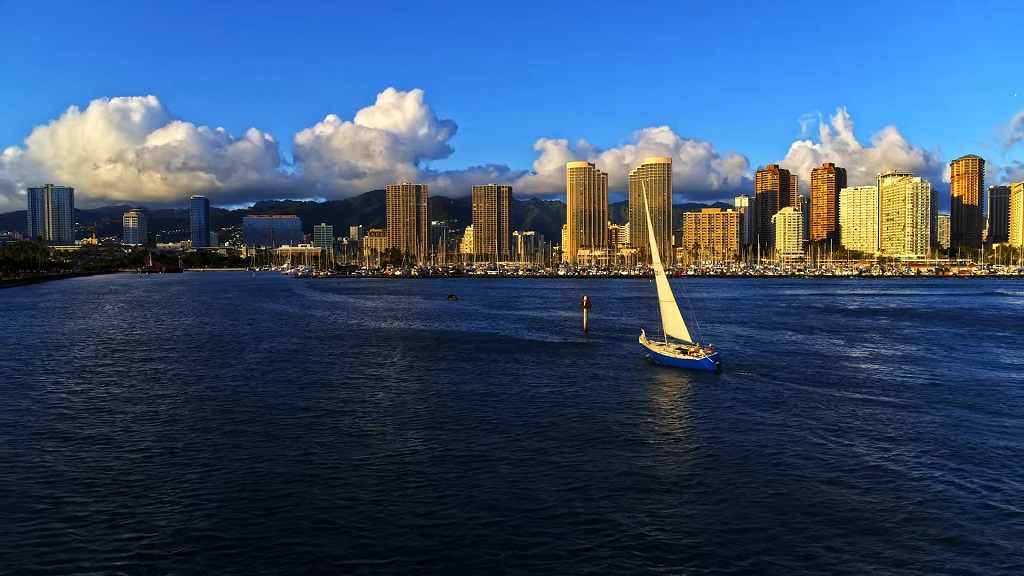
Honolulu stands at the top among U.S. cities with best air quality in 2025. According to the American Lung Association’s 2025 report, Honolulu recorded an annual average PM2.5 concentration of 3.4 micrograms per cubic meter, which ranks as one of the lowest in the entire country.
Honolulu also had zero days with high ozone levels and zero days with unhealthy particle pollution, confirming its exceptional record for both short-term and long-term air quality measures.
Factors Supporting Clean Air
Honolulu benefits from a combination of environmental and policy strengths:
- Consistent trade winds push pollutants away from the city and maintain fresh air.
- Low industrial emissions, as Hawaii relies more on service and tourism rather than heavy industry.
- Strong vehicle emissions regulations, including promotion of electric and hybrid vehicles.
2. Kahului-Wailuku-Lahaina, Hawaii
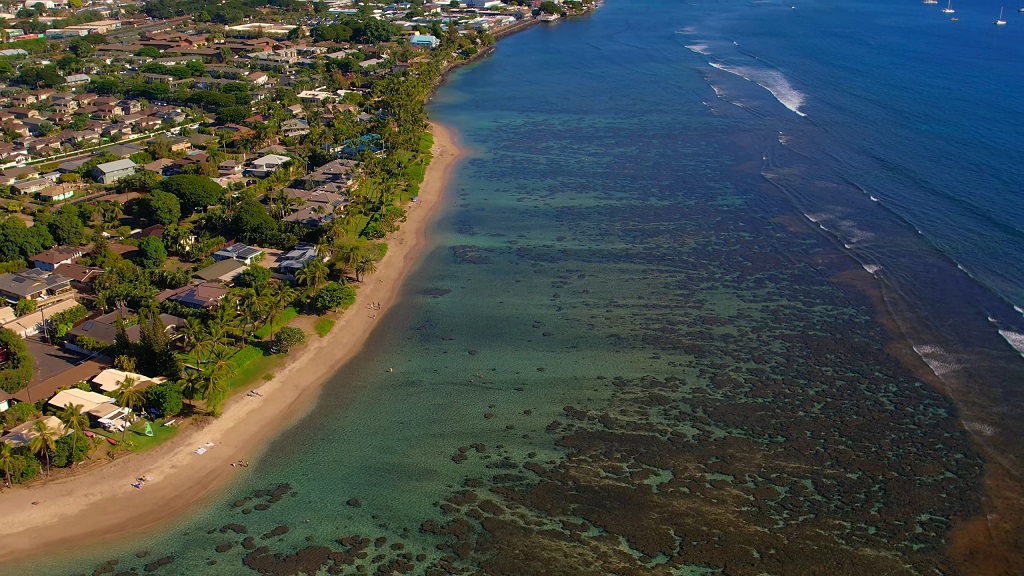
This region in Maui ranks high among U.S. cities with best air quality. In 2025, Kahului-Wailuku-Lahaina recorded an annual average PM2.5 level of 3.5 micrograms per cubic meter, reflecting exceptionally clean conditions.
The area had zero days with unhealthy ozone levels and no days with high short-term particle pollution, making it a standout example in Hawaii.
Factors Supporting Clean Air
Several factors play a role:
- Strong trade winds, moving pollutants quickly out to sea.
- Low population density, reducing car and industrial emissions.
- High reliance on renewable energy, cutting down fossil fuel use.
3. Casper, Wyoming
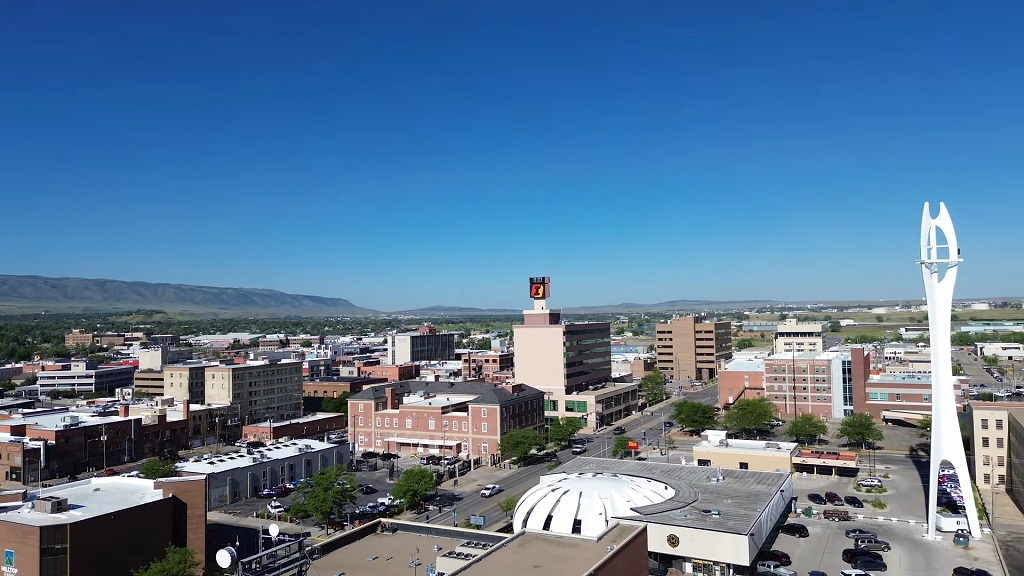
Casper secures a strong position among U.S. cities with best air quality in 2025. Data from the American Lung Association shows Casper maintained an annual average PM2.5 concentration of 3.6 micrograms per cubic meter, among the cleanest in the country.
Factors Supporting Clean Air
Several reasons explain Casper’s success:
- Low population density, which means fewer vehicles and less urban congestion.
- Limited heavy industry, keeping emissions extremely low.
- Strong natural airflow, as the open plains and winds disperse particles efficiently.
Also read: Most Popular Engineering Jobs in the US
4. Bangor, Maine
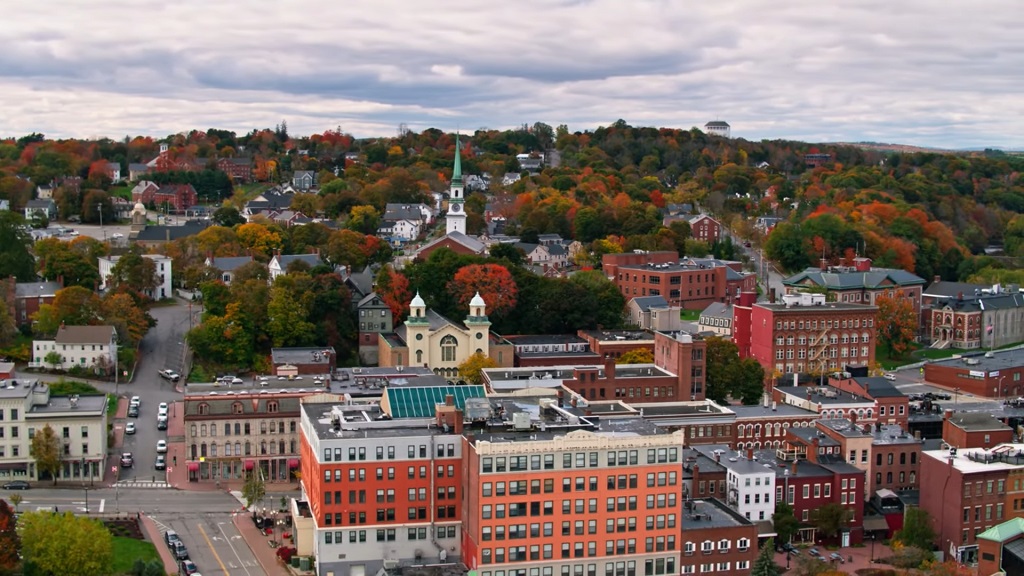
Bangor consistently appears among U.S. cities with best air quality. In 2025, Bangor recorded an annual average PM2.5 concentration of 3.7 micrograms per cubic meter, one of the lowest on the East Coast.
Bangor had zero days with unhealthy ozone levels, and it earned an “A” grade for particle pollution in the latest national reports.
Factors Supporting Clean Air
Bangor’s clean air rests on solid foundations:
- Extensive forest coverage in the region improves natural filtration of air particles.
- Low traffic congestion, reducing vehicle emissions across the city.
- Minimal industrial operations, keeping air free of large-scale pollutants.
5. Cheyenne, Wyoming
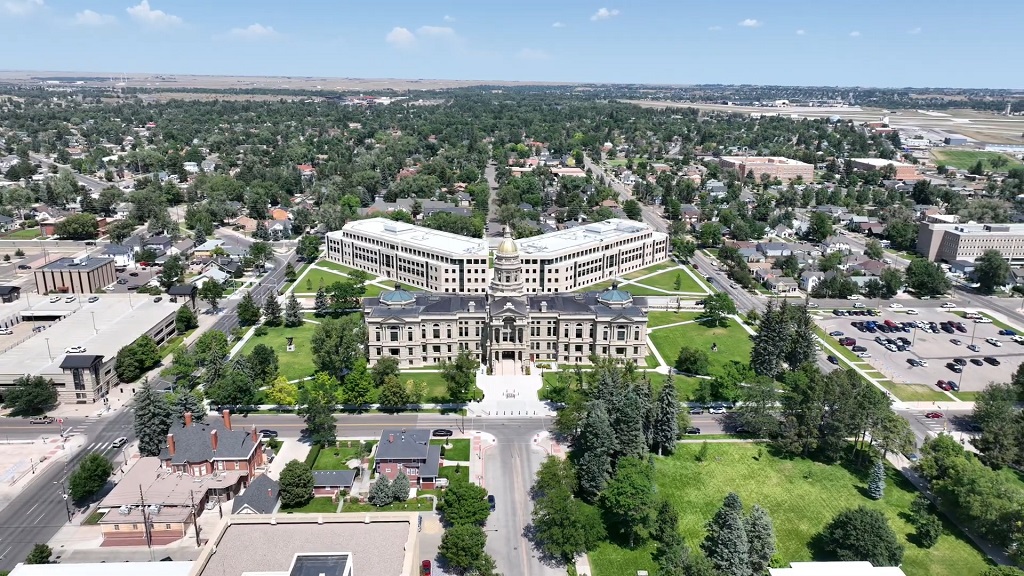
Cheyenne secures its place among U.S. cities with best air quality for 2025. The city achieved an annual average PM2.5 level of 3.8 micrograms per cubic meter, ranking it among the cleanest urban centers in the nation.
Cheyenne also had zero days with unhealthy ozone levels and zero days with high short-term particle pollution, earning top grades in air health measures.
Factors Supporting Clean Air
Several factors shape Cheyenne’s air quality success:
- High elevation, which helps keep the air thinner and cleaner.
- Low industrial activity, avoiding major pollution sources.
- Strong winds, which naturally remove pollutants from city air.
6. Anchorage, Alaska
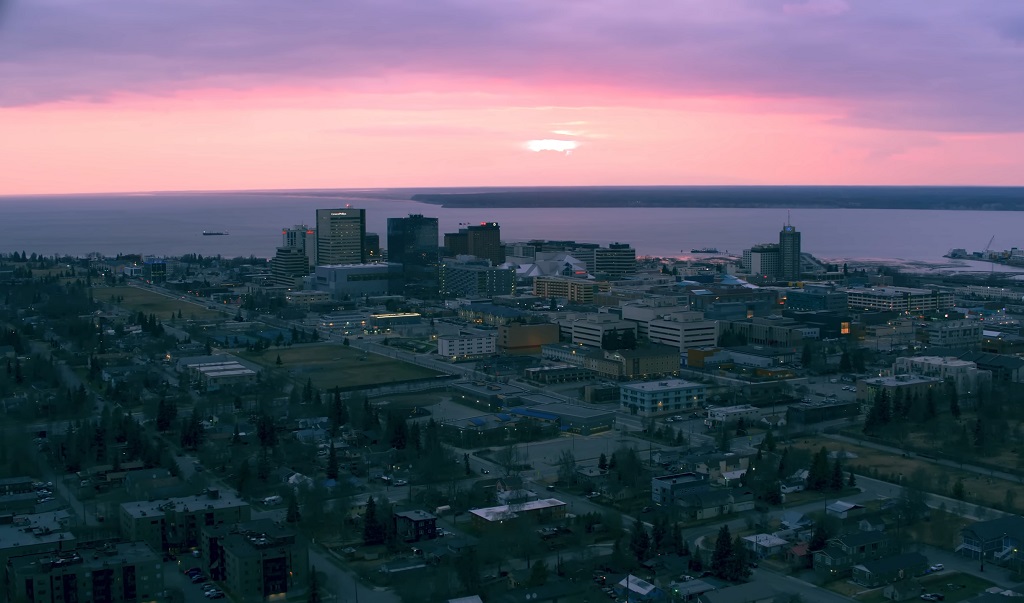
Anchorage claims a spot among U.S. cities with best air quality in 2025. The city maintained an annual average PM2.5 concentration of 3.9 micrograms per cubic meter, one of the best records nationwide.
Factors Supporting Clean Air
Anchorage benefits from multiple advantages:
- Remote location, away from large urban and industrial centers.
- Cold climate, which limits formation of ozone pollution.
- Strong environmental policies, including strict controls on wood burning and emissions.
7. Duluth, Minnesota
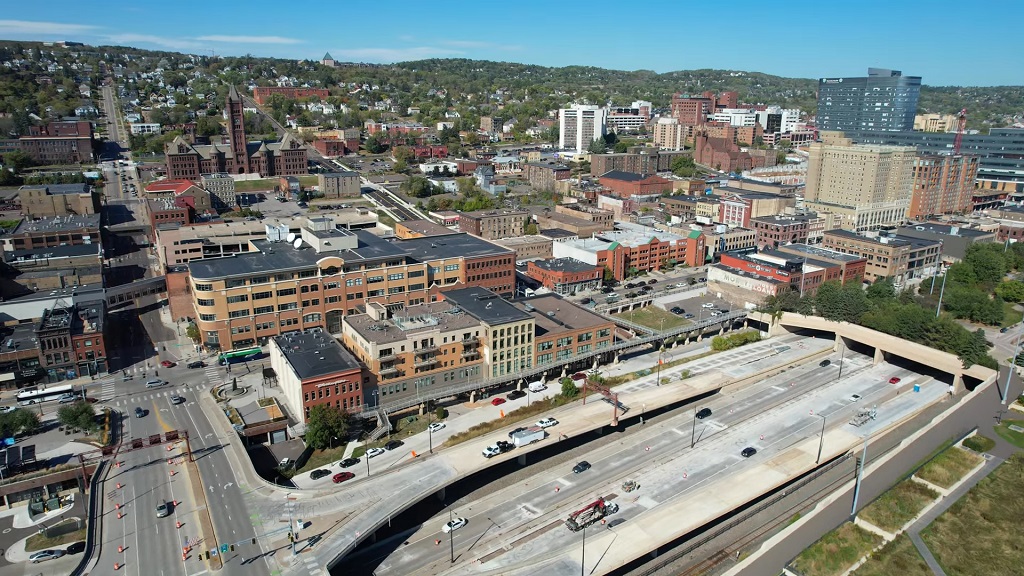
Duluth ranks among U.S. cities with best air quality in 2025. The city reported an annual average PM2.5 level of 4.0 micrograms per cubic meter, far below national averages.
Factors Supporting Clean Air
Key reasons for Duluth’s air quality include:
- Location by Lake Superior, which provides strong natural air movement.
- Low traffic and industrial emissions, keeping city air free of major pollutants.
- Extensive green areas, promoting natural filtration.
Last Words
Clean air gives people a healthier and more comfortable life. U.S. cities with best air quality show what strong local efforts and natural advantages can achieve. Choosing these places means choosing better health and a safer environment every day.
